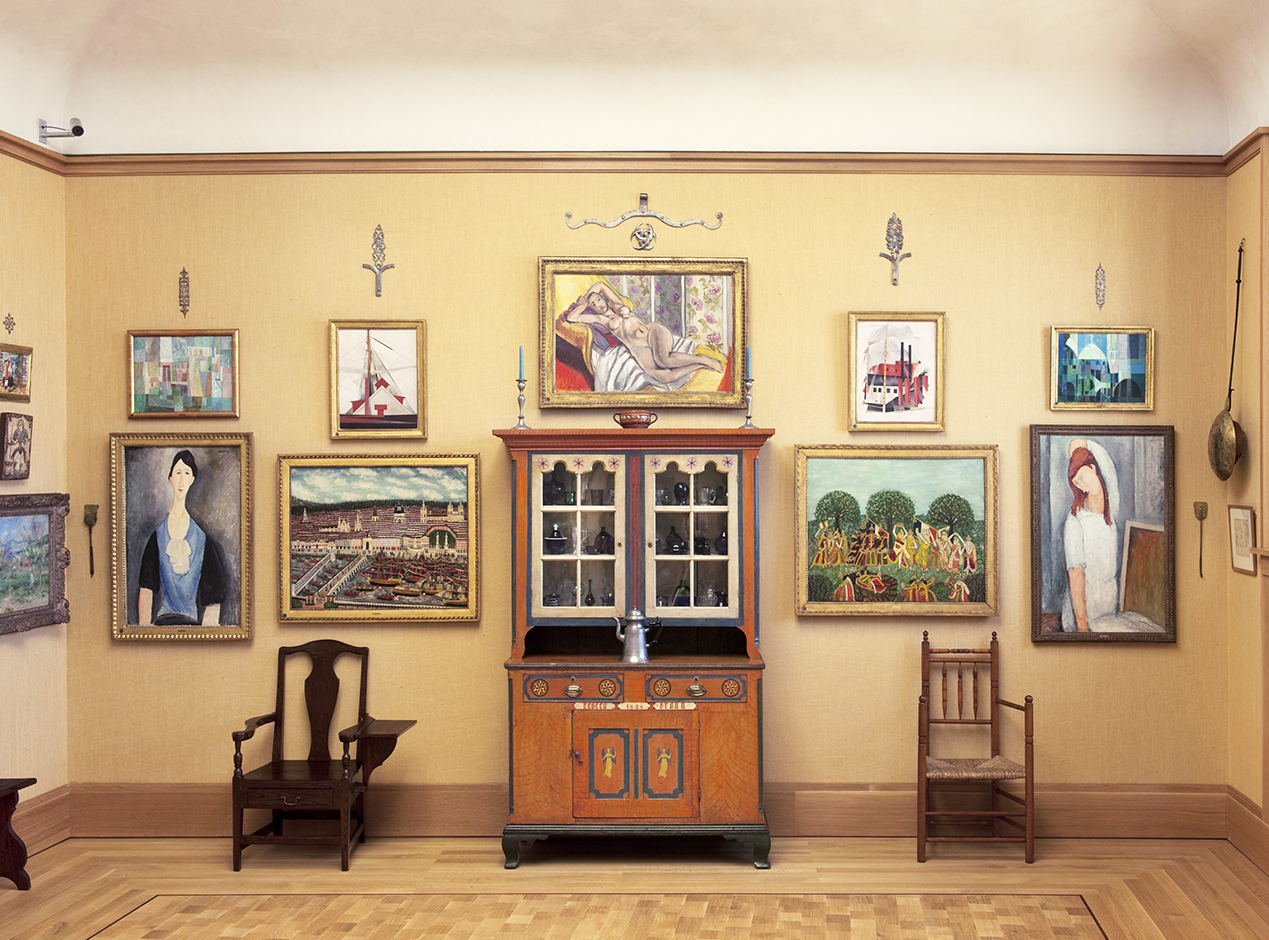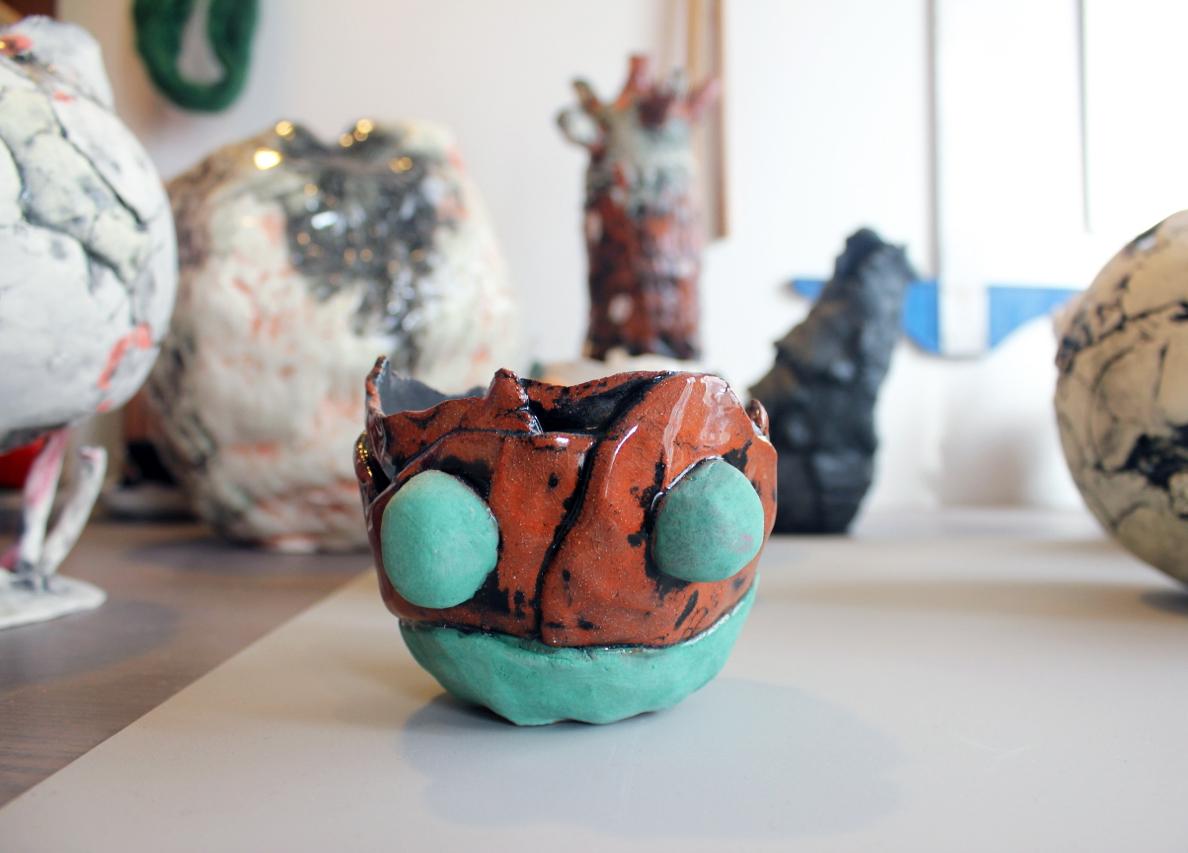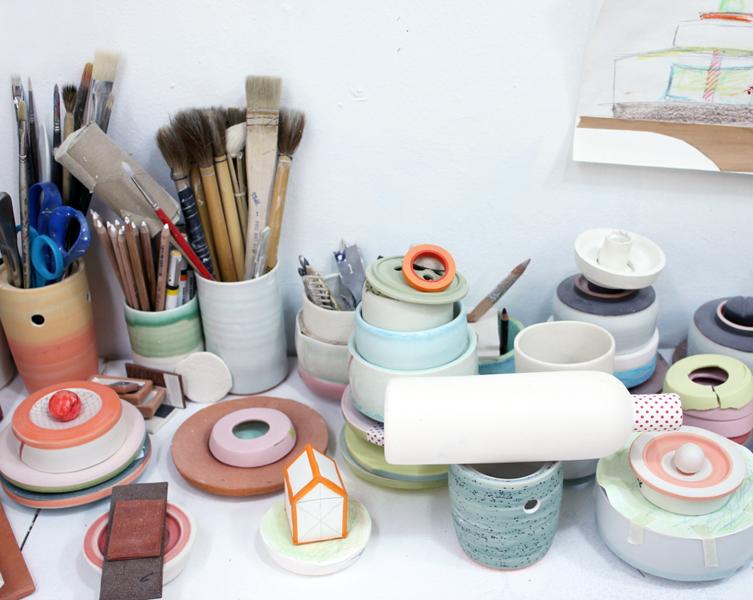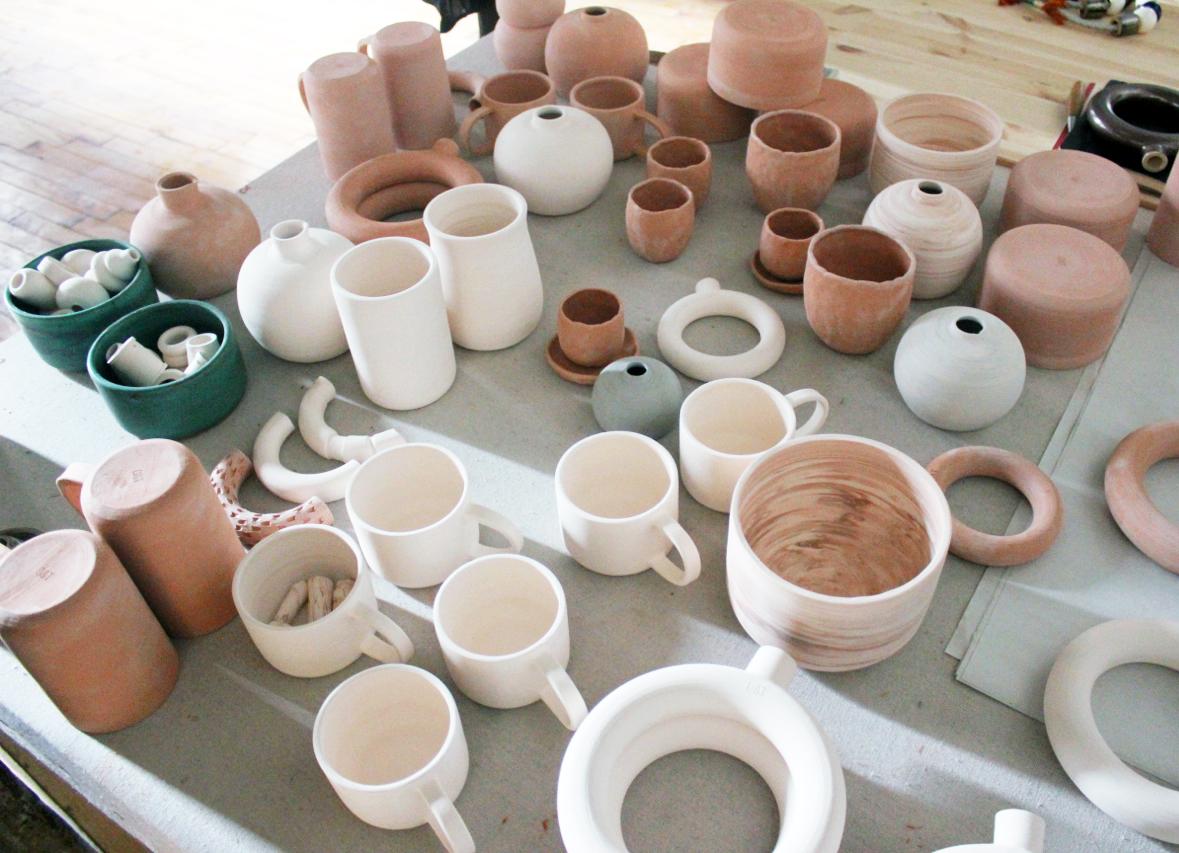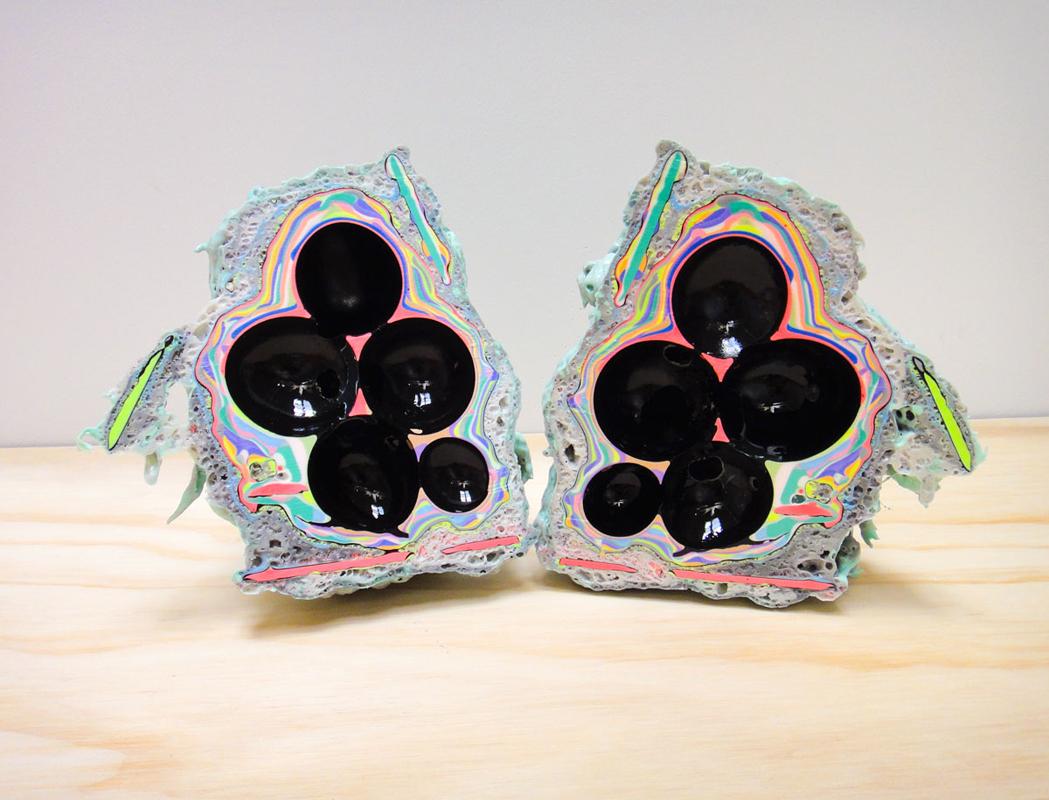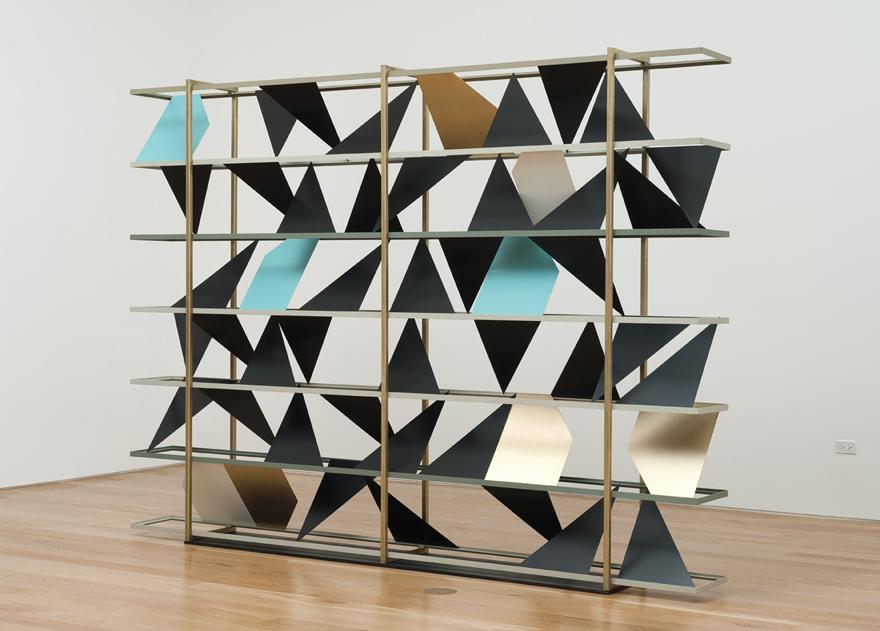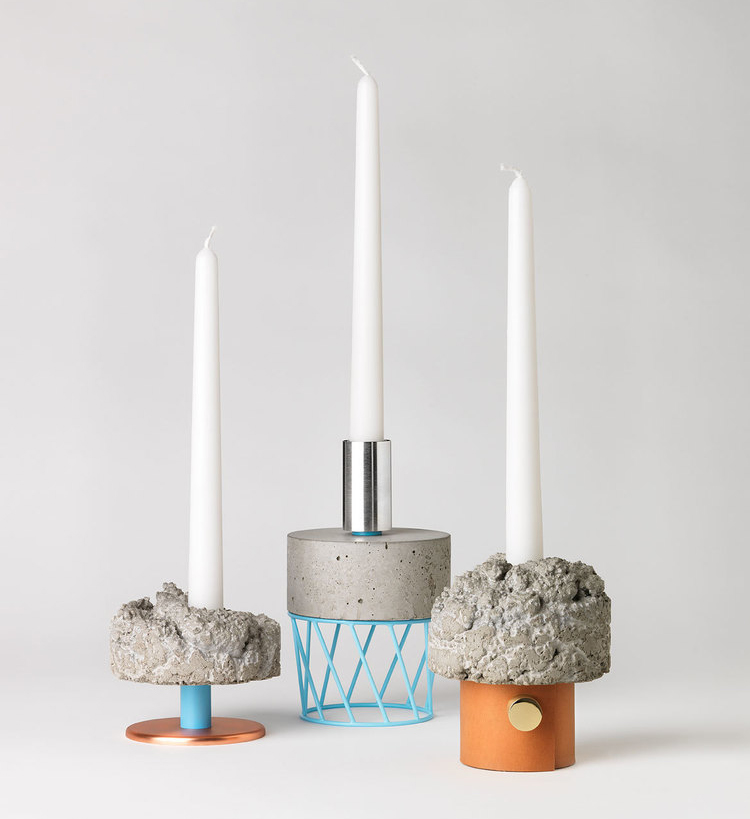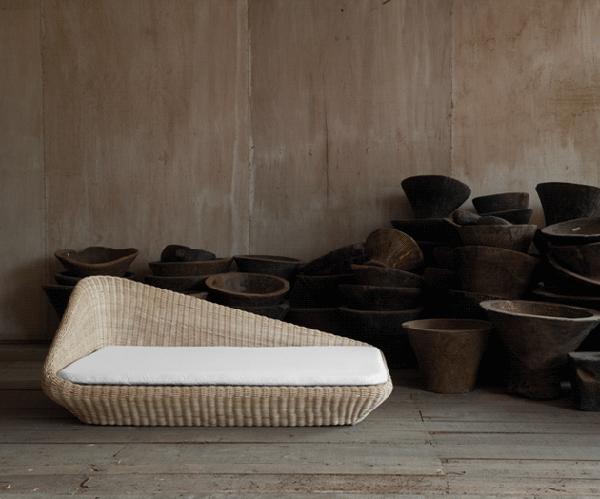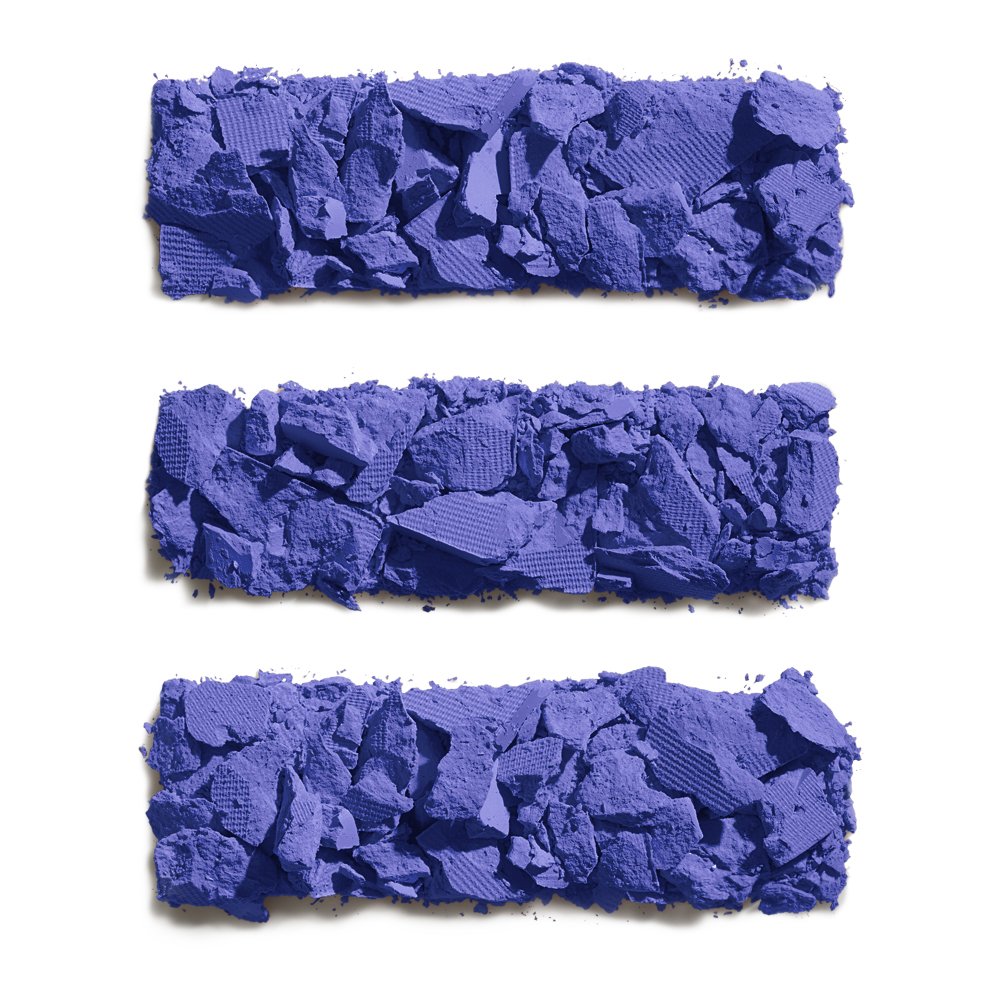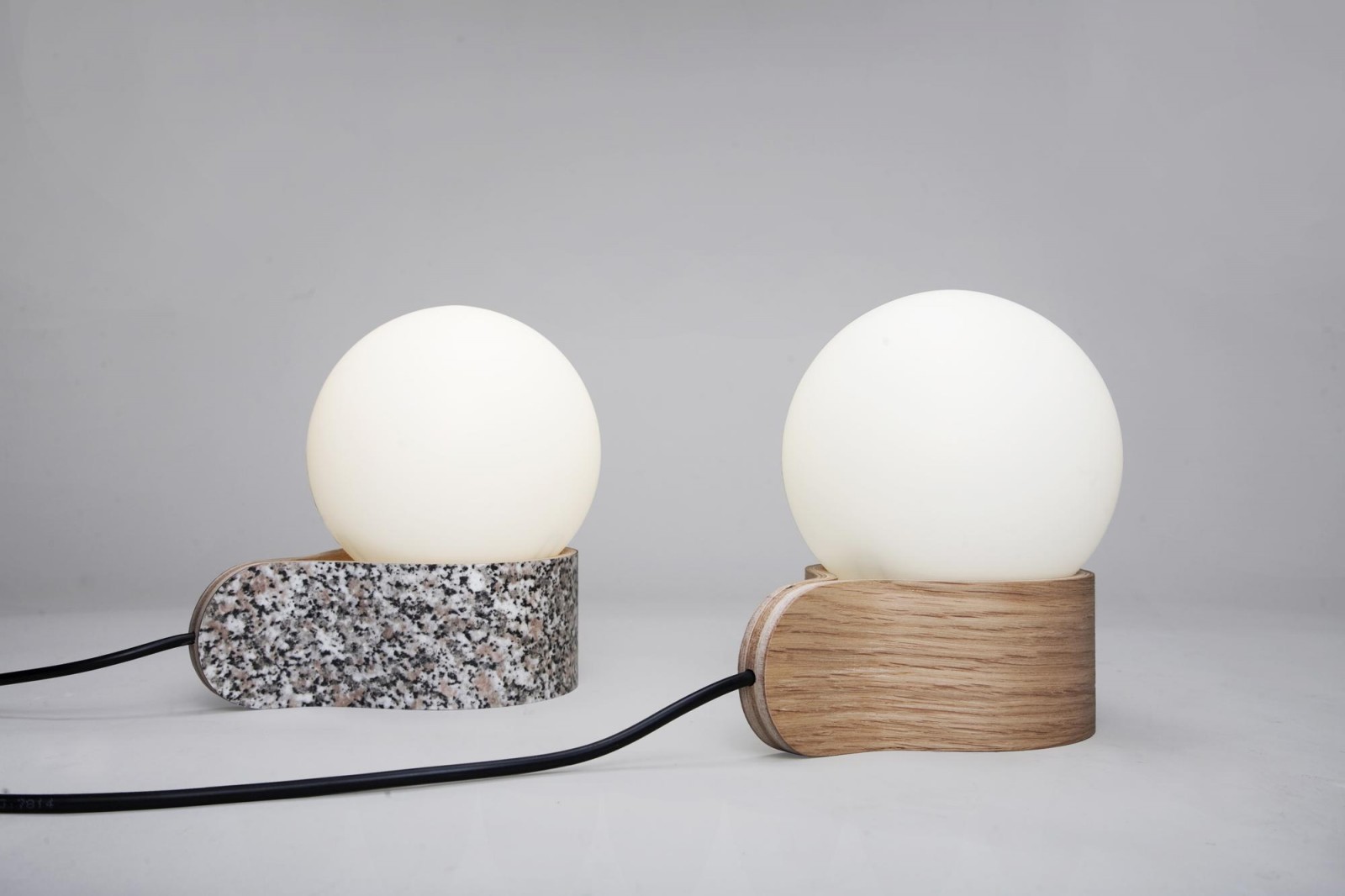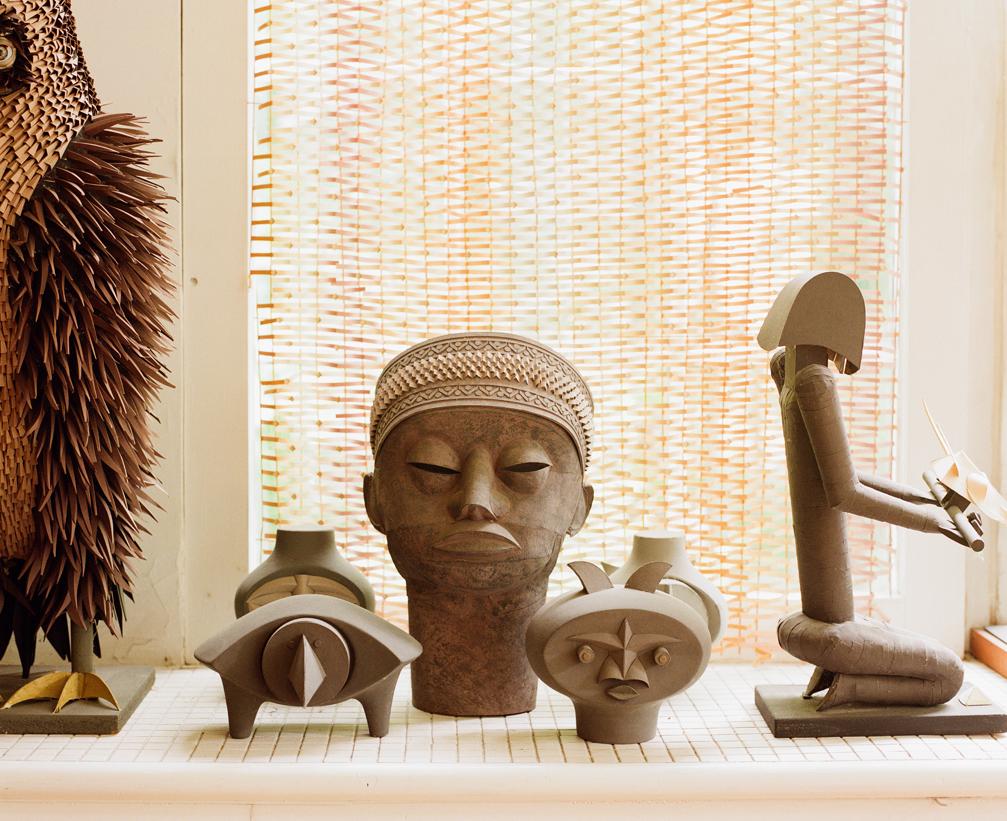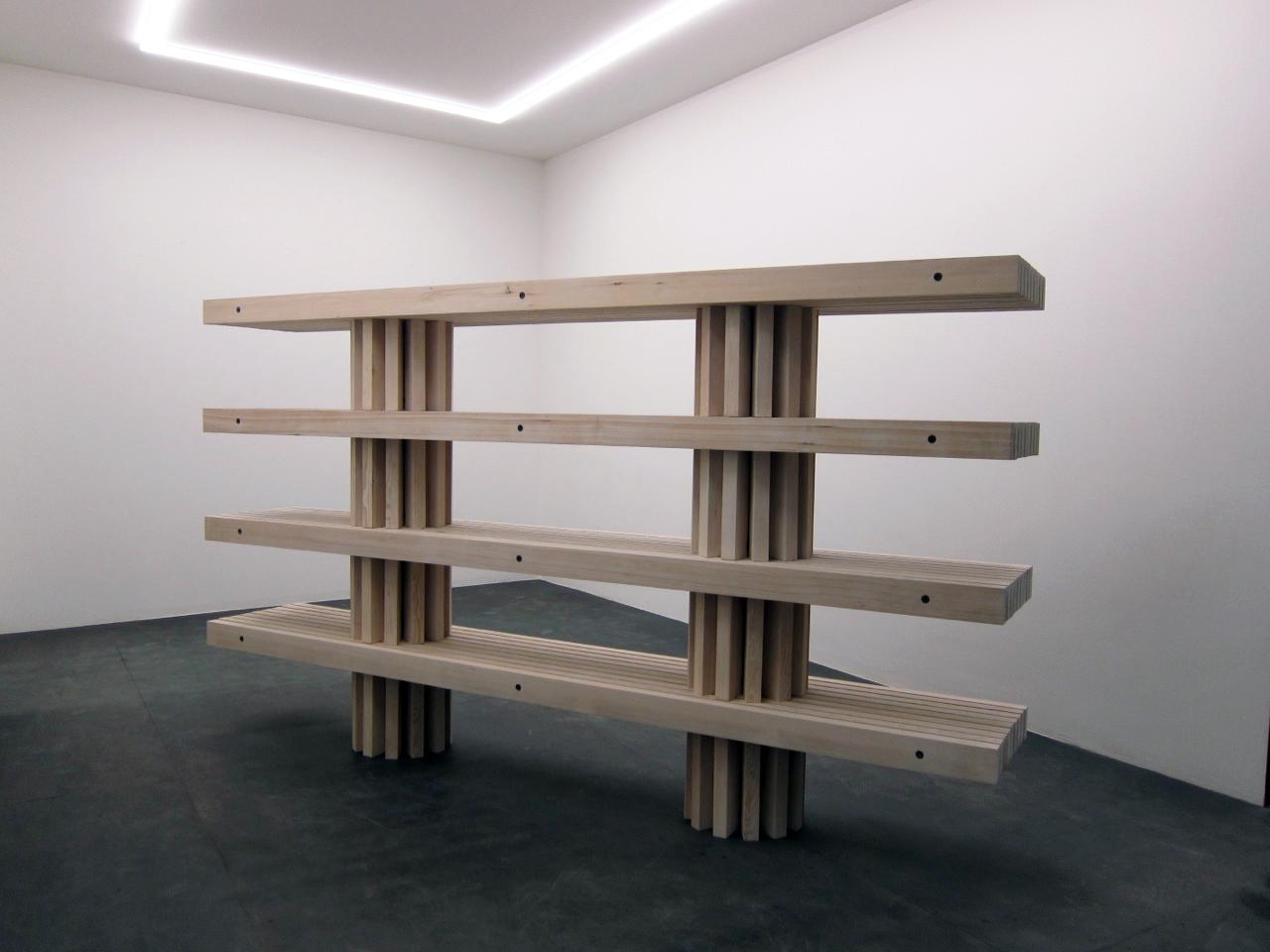
04.15.13
Fair Report
The Best of the 2013 Milan Furniture Fair, Part II
If, like us, you spent the last week in Milan, catching up with old friends, meeting those with whom you'd only traded emails (hi Fredrik Paulsen, Adam Stech and Katrin Greiling!), and making new ones — well, you're probably in a bit of withdrawal as well. Milan, despite being frequently cloudy, transportation-unfriendly, and just too darn full of things to see, showed us an excellent time this year, and we're only just now recovering. But this post helps! It includes some of our favorite photos from the second half of our trip, but there are many, many more in our Facebook album — click here to check it out!
